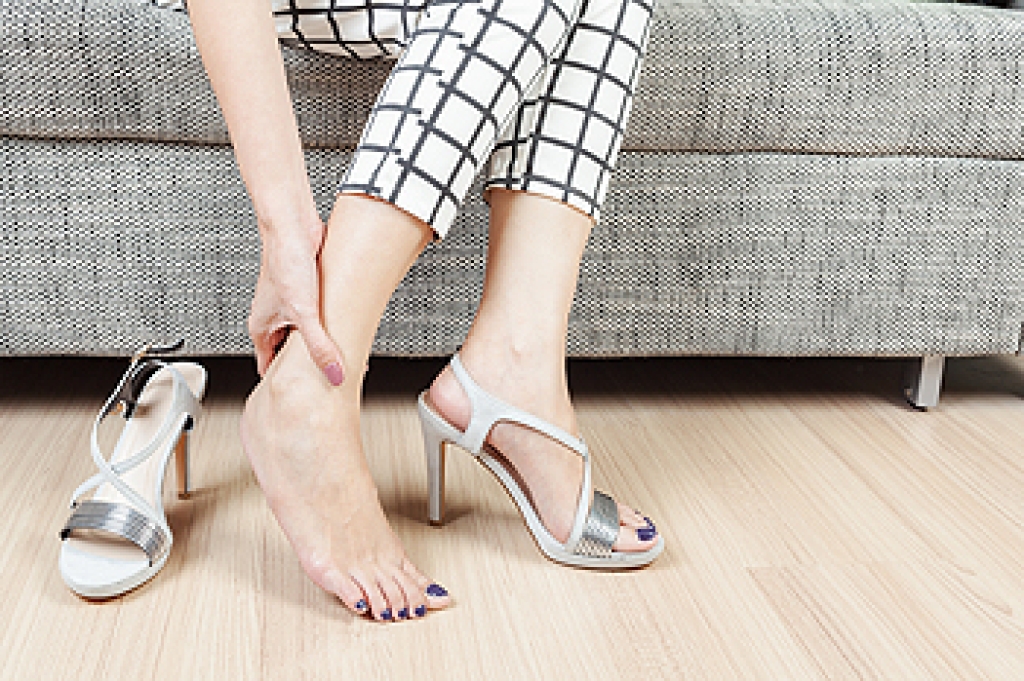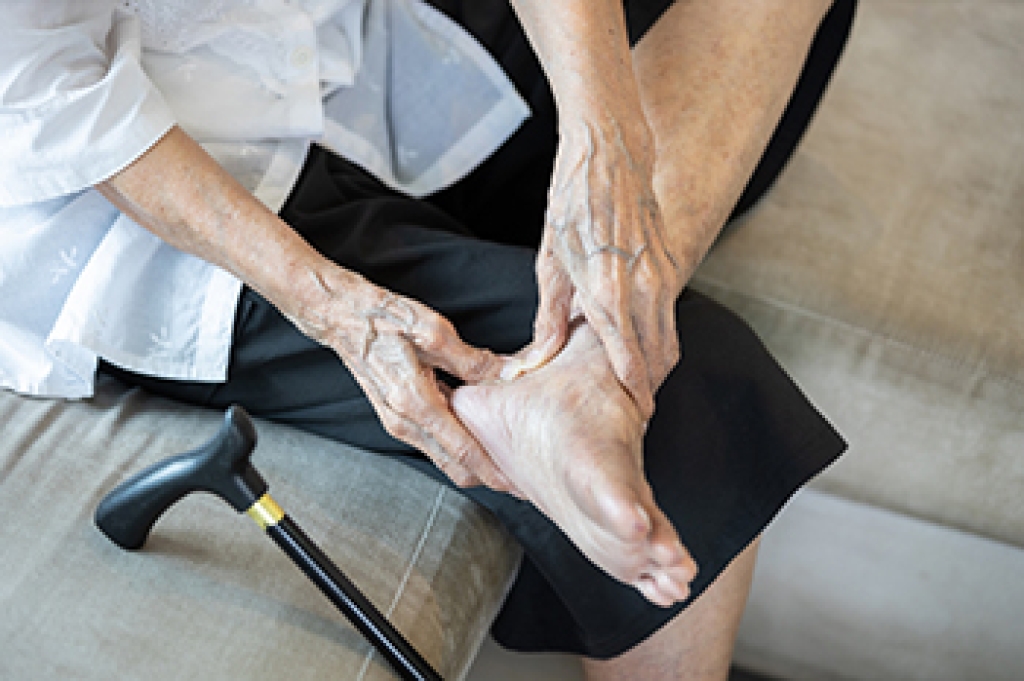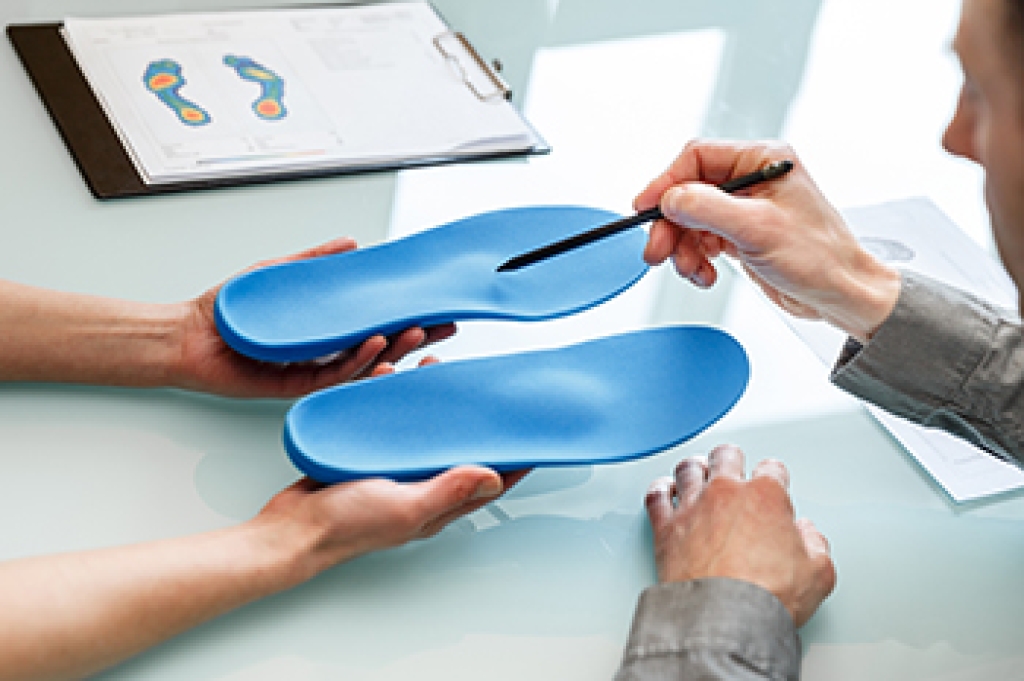 When specific types of high heels are worn, they may give the legs and feet the illusion of looking leaner and elegant, despite the possible foot problems that may develop. These problems can include the formation of bunions, hammertoe, and ingrown toenails. It is important that high heels fit properly, and the shoe size may need to increase if weight is gained. Research has indicated that feet may feel more comfortable when high heels are made with thicker heels. This is helpful in providing the balance that is needed to perform daily activities, in addition to providing a more even distribution of body weight. Many patients choose to wear insoles, which may prevent foot pain. If more information is needed about the types of high heels to purchase, it is strongly suggested that you speak to a podiatrist, who can address any concerns you may have.
When specific types of high heels are worn, they may give the legs and feet the illusion of looking leaner and elegant, despite the possible foot problems that may develop. These problems can include the formation of bunions, hammertoe, and ingrown toenails. It is important that high heels fit properly, and the shoe size may need to increase if weight is gained. Research has indicated that feet may feel more comfortable when high heels are made with thicker heels. This is helpful in providing the balance that is needed to perform daily activities, in addition to providing a more even distribution of body weight. Many patients choose to wear insoles, which may prevent foot pain. If more information is needed about the types of high heels to purchase, it is strongly suggested that you speak to a podiatrist, who can address any concerns you may have.
High heels have a history of causing foot and ankle problems. If you have any concerns about your feet or ankles, contact Richard Galperin, DPM from Texas. Our doctor can provide the care you need to keep you pain-free and on your feet.
Effects of High Heels on the Feet
High heels are popular shoes among women because of their many styles and societal appeal. Despite this, high heels can still cause many health problems if worn too frequently.
Which Parts of My Body Will Be Affected by High Heels?
- Ankle Joints
- Achilles Tendon – May shorten and stiffen with prolonged wear
- Balls of the Feet
- Knees – Heels cause the knees to bend constantly, creating stress on them
- Back – They decrease the spine’s ability to absorb shock, which may lead to back pain. The vertebrae of the lower back may compress.
What Kinds of Foot Problems Can Develop from Wearing High Heels?
- Corns
- Calluses
- Hammertoe
- Bunions
- Morton’s Neuroma
- Plantar Fasciitis
How Can I Still Wear High Heels and Maintain Foot Health?
If you want to wear high heeled shoes, make sure that you are not wearing them every day, as this will help prevent long term physical problems. Try wearing thicker heels as opposed to stilettos to distribute weight more evenly across the feet. Always make sure you are wearing the proper shoes for the right occasion, such as sneakers for exercising. If you walk to work, try carrying your heels with you and changing into them once you arrive at work. Adding inserts to your heels can help cushion your feet and absorb shock. Full foot inserts or metatarsal pads are available.
If you have any questions, please feel free to contact our office located in Dallas, TX . We offer the newest diagnostic and treatment technologies for all your foot care needs.




